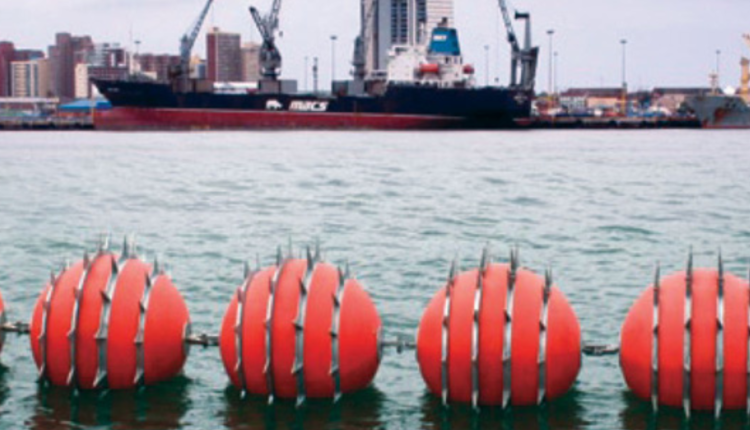Migration Control or Political Stunt? Texas’ Floating Barrier
Texas Implements Floating Barrier to Deter Migrants
In a contentious step intended at slowing the flood of migrants into the United States, Governor Greg Abbott of Texas has revealed plans to install a 1,000-foot floating barrier in the middle of the Rio Grande. While the objective behind this measure is to address border security issues, it has stirred considerable discussion and prompted condemnation from immigration activists, who claim that it constitutes yet another political spectacle at the cost of desperate individuals. This article looks into the consequences and debates surrounding Texas’ plan to implement such a barrier.
Governor Abbott says that the floating barrier is a critical move to preserve Texas’ borders and protect the state from possible security concern. The barrier, he claims, will operate as a deterrent, pushing migrants to choose alternate routes or preventing them from trying illicit crossings entirely.
Immigration activists in Texas claim that the barrier is essentially a political gimmick that fails to address the core reasons of migration while further compounding the situation of vulnerable persons seeking a better life. They argue that this action diverts attention and resources from meaningful immigration reform, humanitarian help, and addressing the underlying economic and social issues that motivate migration.
The construction of a barrier in the middle of the Rio Grande has considerable humanitarian ramifications. Desperate individuals who have escaped violence, poverty, and persecution will face extra challenges and hazards as they traverse alternative routes or strive to break the barrier. Critics contend that this strategy disregards the predicament of these vulnerable individuals and fails to maintain America’s great heritage of granting sanctuary to those in need.

